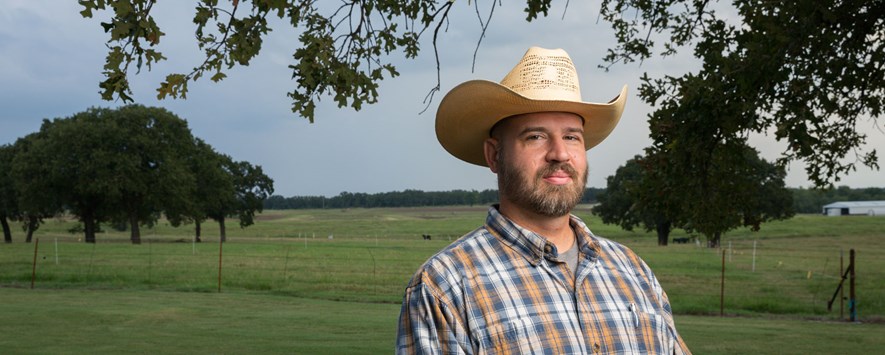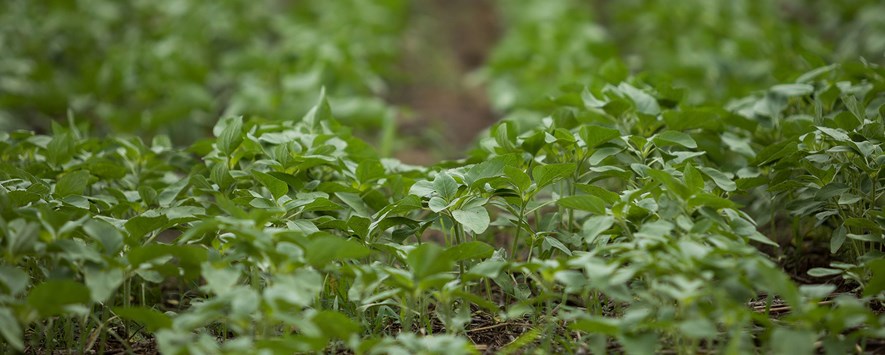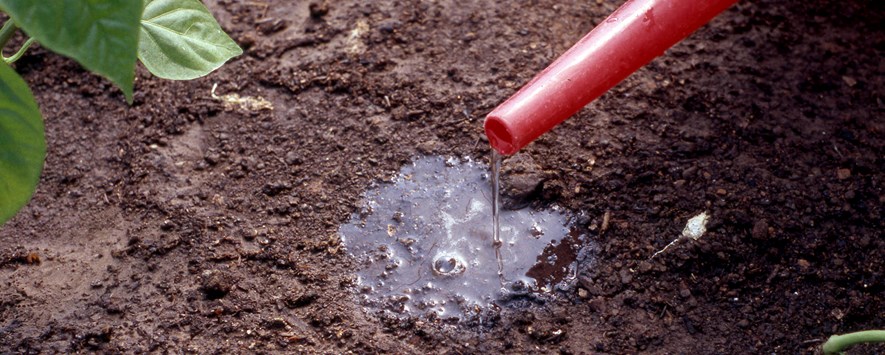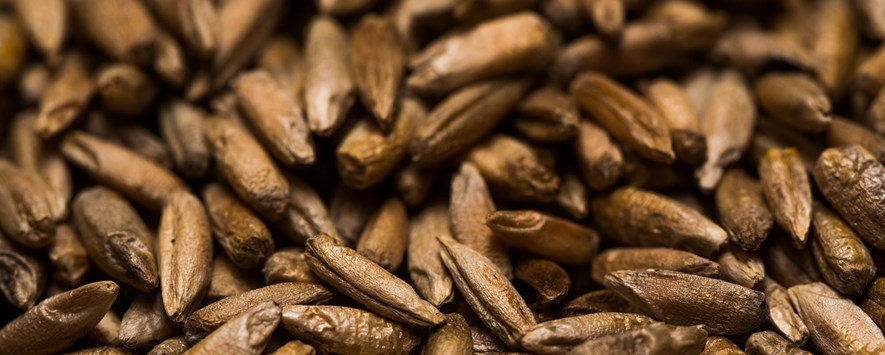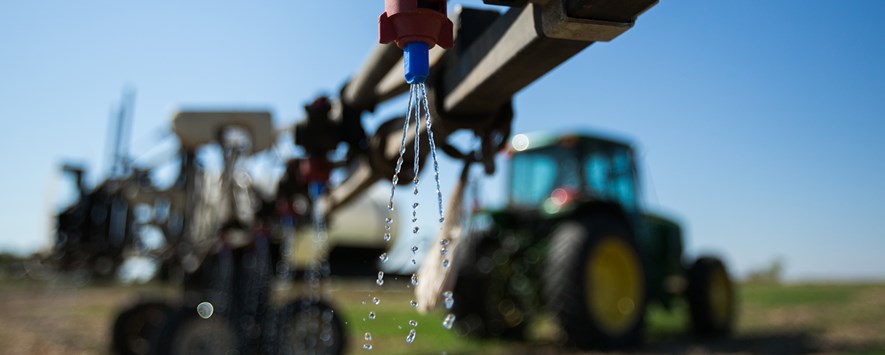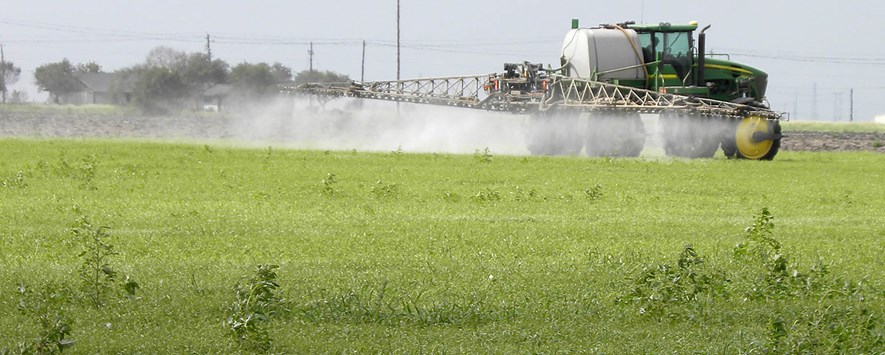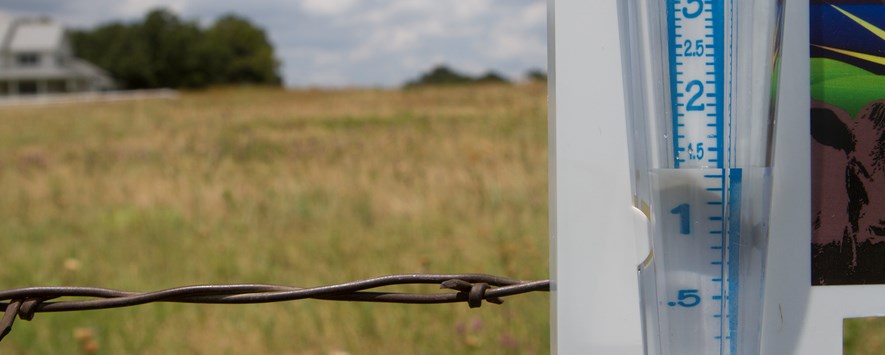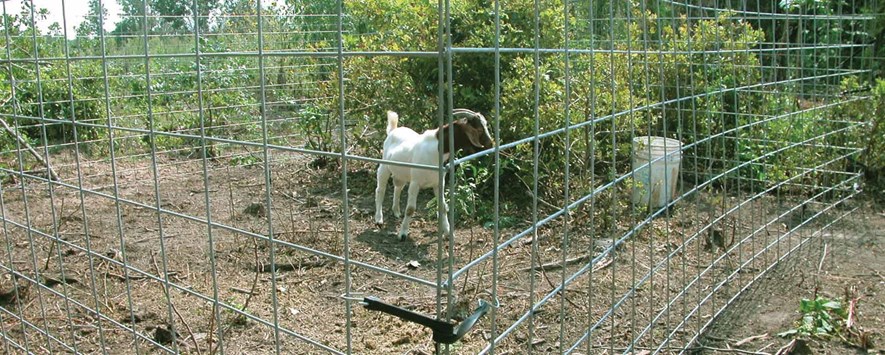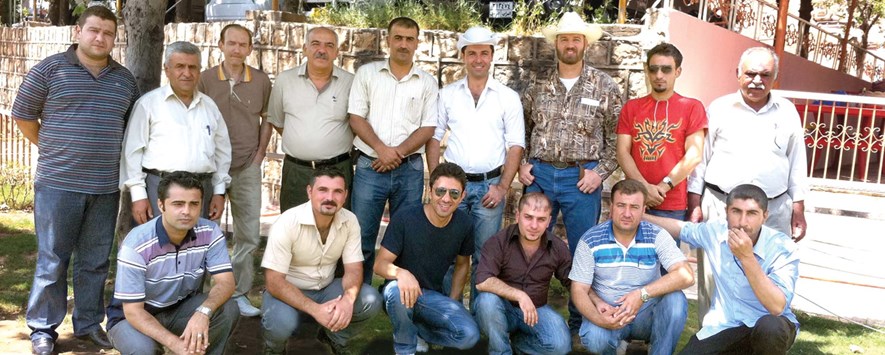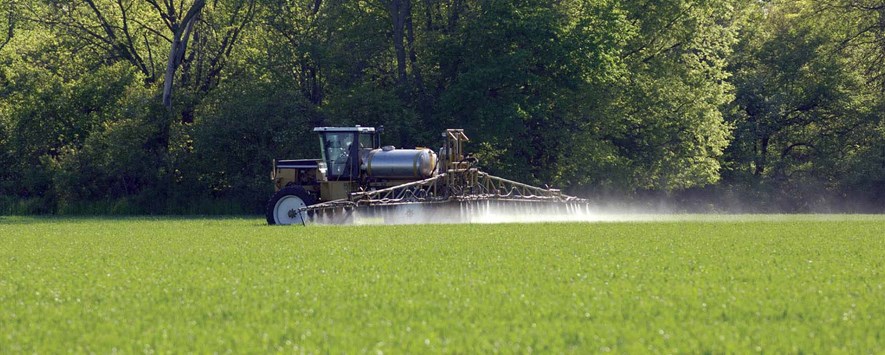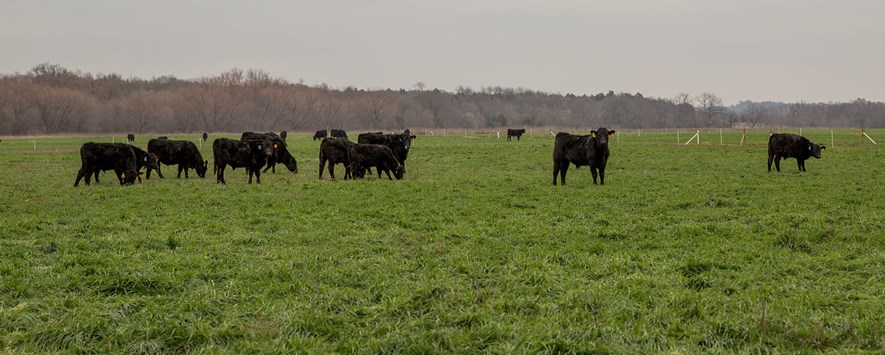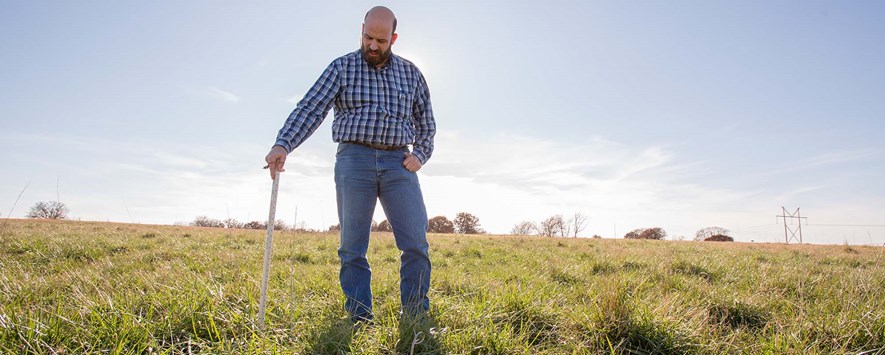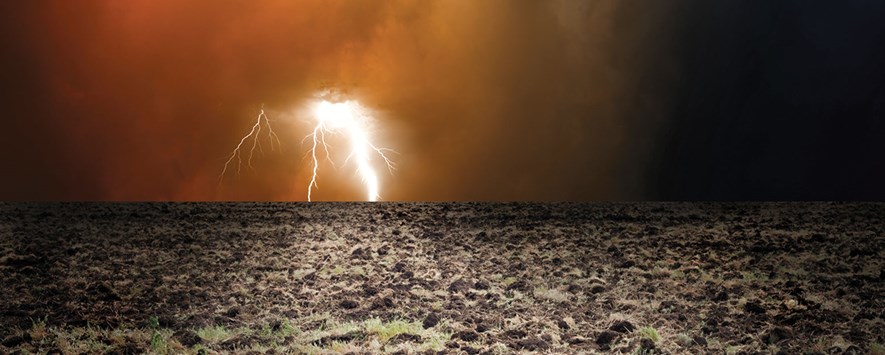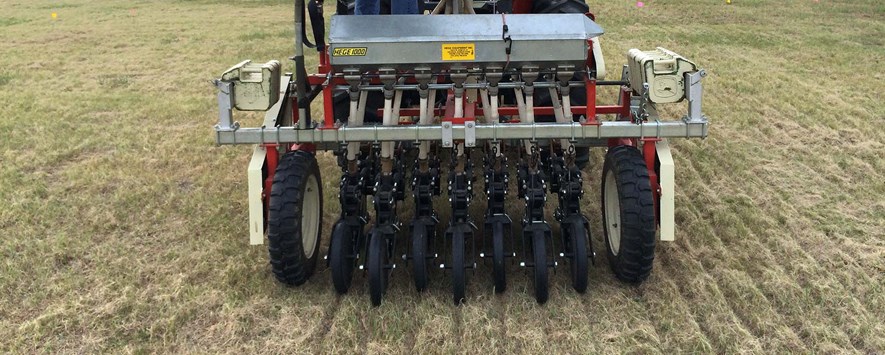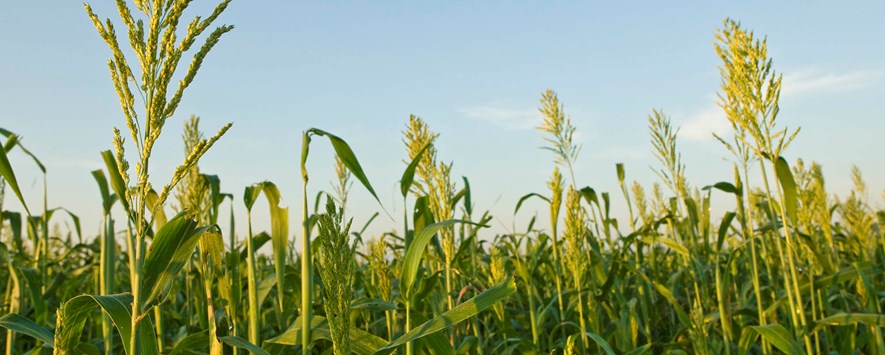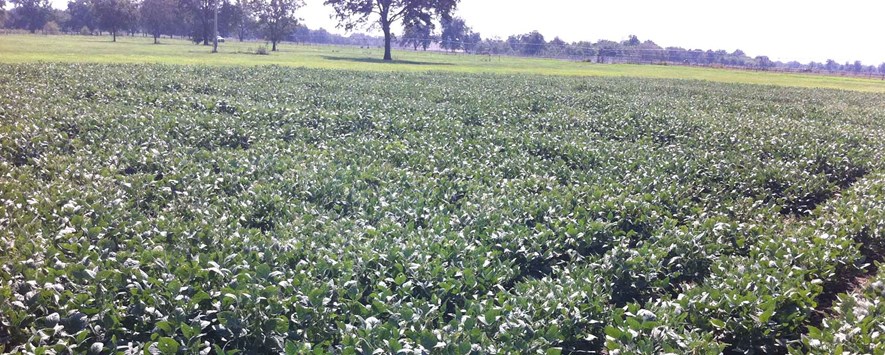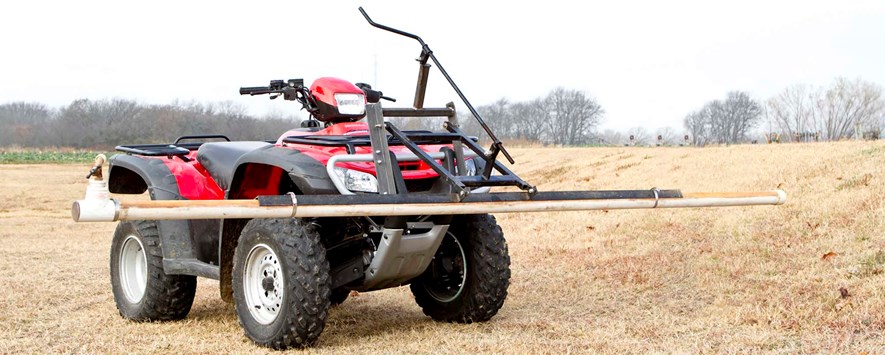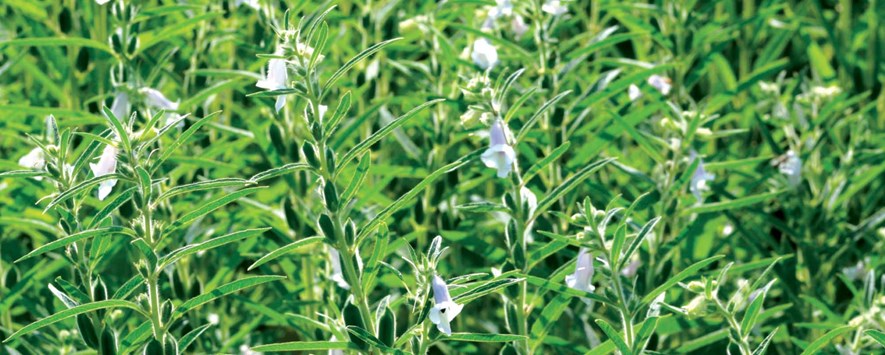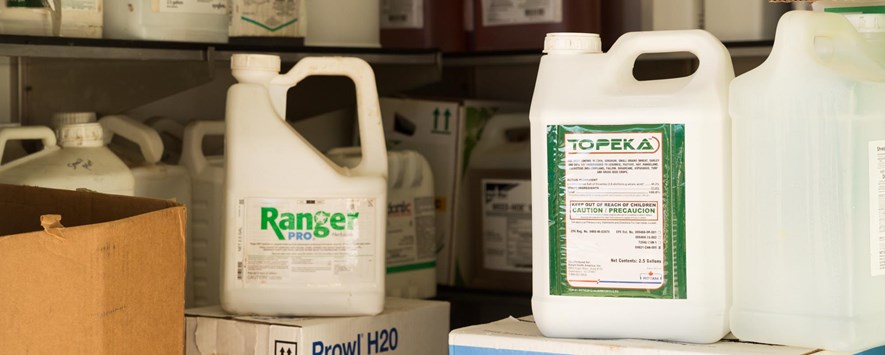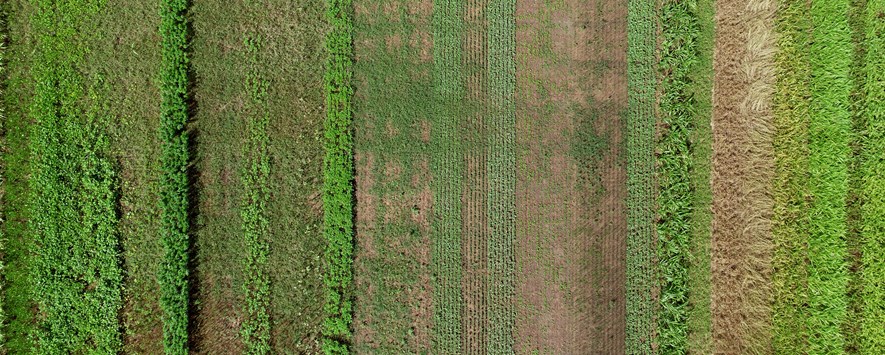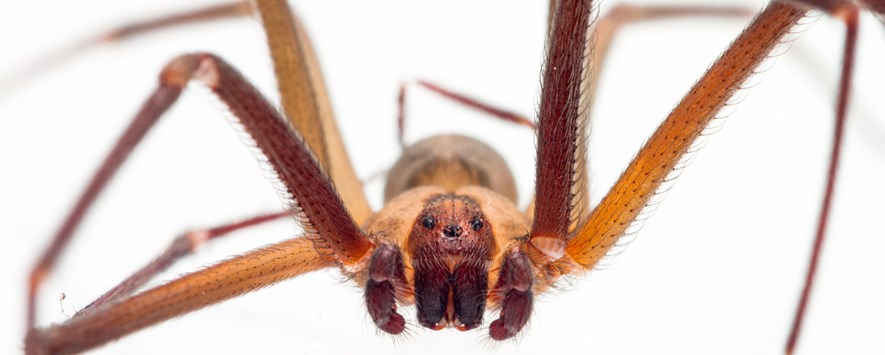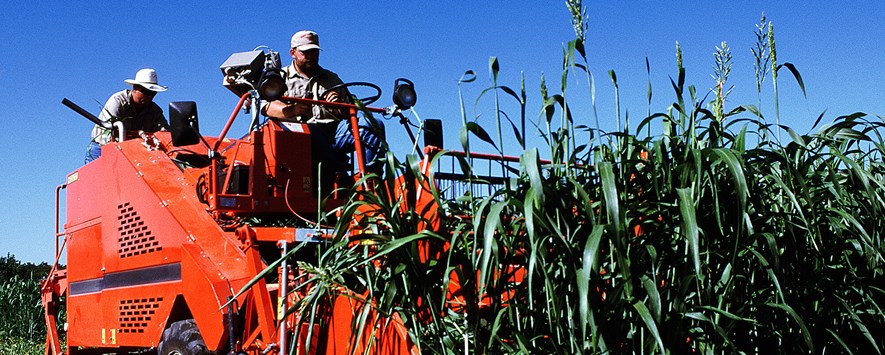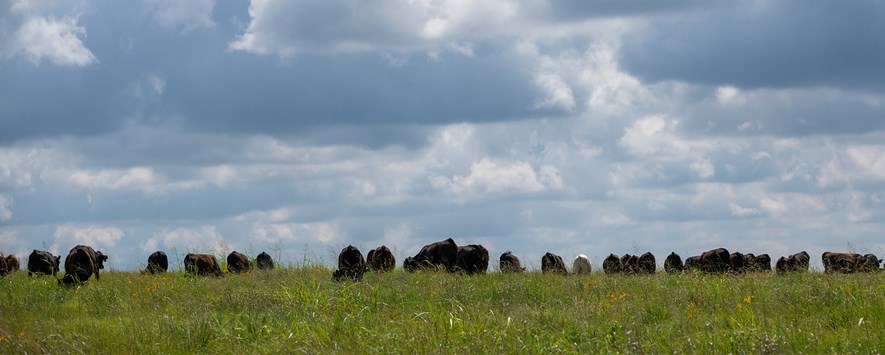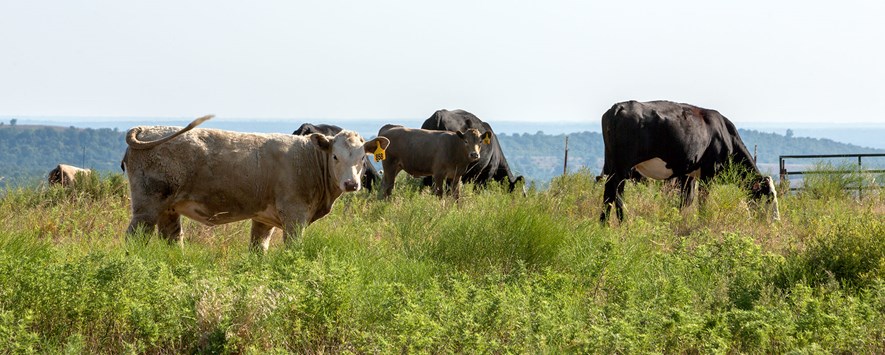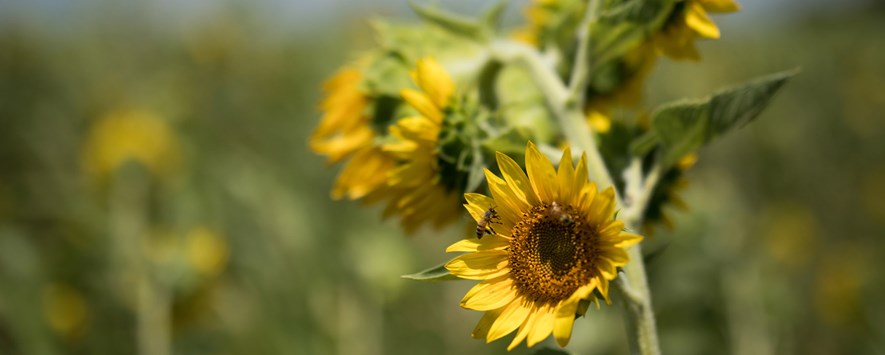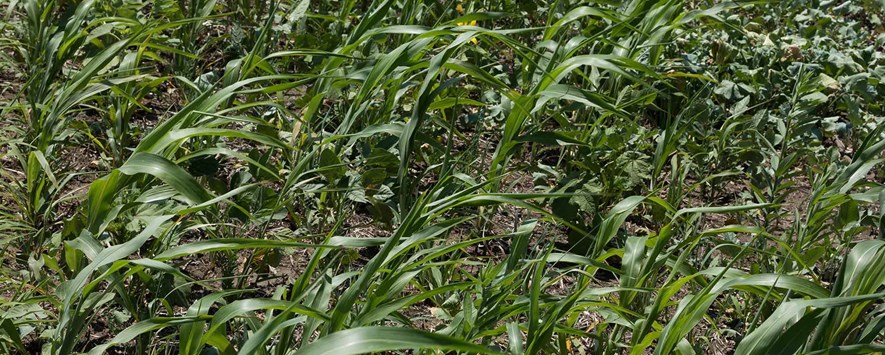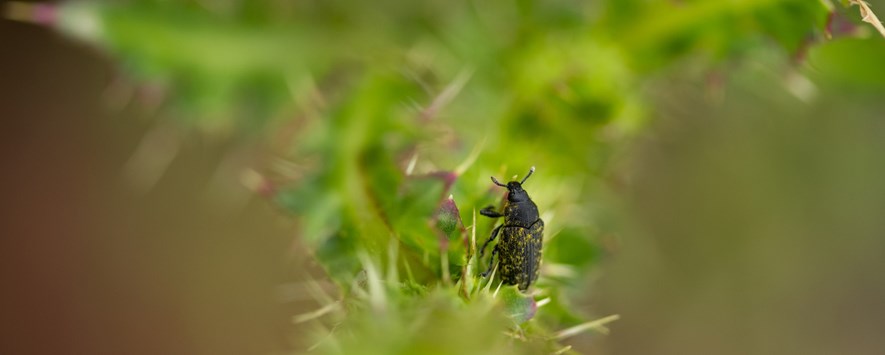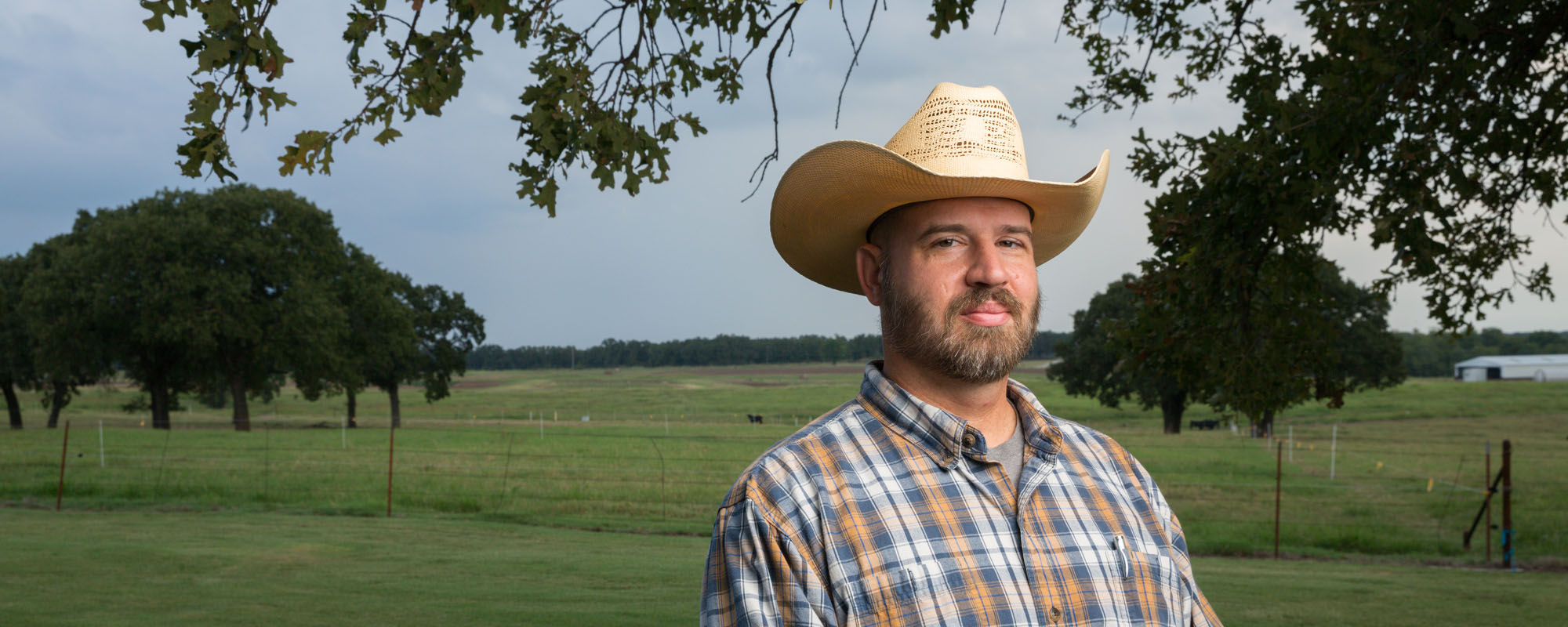
Jim Johnson News
A Legacy Extended
Noble Agricultural consultants join special mission to educate farmers in war-torn Iraq.
Covered
A resurging interest in cover crops raises a new set of practical questions from farmers looking to improve soil health.
A Valuable Investment in Soil Health
Cover crops can boost soil health. But there is much to learn about which species work best in Oklahoma and Texas.
Johnson Receives Soil Health, Conservation Leader Award
Noble Research Institute soils and crops consultant Jim Johnson received the 2019 Oklahoma Association of Conservation District (OACD) President’s Award. He was honored at the association’s annual meeting in February.
So You Want To Grow Cover Crops: 3 Questions to Ask Before You Start
Cover crops can provide soil health benefits, but it is important to have a plan. Before growing cover crops, producers should consider goals, herbicide and pesticide use, and available resources.
Water resources serve agriculture, energy, society
Ben Franklin wrote, "When the well's dry, we know the worth of water." Unfortunately, the "well" is running dry in many parts of the world. Rivers are running dry prior to reaching the seas because we are over-allocating and overusing them.
Niche market opportunities emerge for rye
There are three emerging niche uses for rye of which farmers in the region should be aware.
Farm and Ranch Vehicle Compliance
Every day, farmers and ranchers load up their trucks and trailers with agricultural products and haul those materials to and from their farms and ranches. Every time they do, they could be subject to the tangled web of transportation regulations implemented and enforced by an alphabet soup of state and federal agencies.
N-rich strips hold value for wheat producers
N-rich strips can help wheat producers determine whether or not their fields need additional nitrogen fertilizer, which helps them conserve resources.
Watch Out for These Weeds in Drought
With the drought-induced import of vast quantities of hay into Oklahoma and Texas from neighboring states and beyond, there is a risk that invasive weeds will be brought in with that hay.
Looking Ahead at 2012 Sprayer Needs
Timing is critical for effective weed control using herbicides. Although there aren't enough hours in the day for them to cover all the acres that need to be sprayed each spring and summer.
Techniques conserve water resources
Ways resource stewards can make more efficient use of water.
Goats and Weed Control
With costs on the rise, many landowners are seeking less expensive alternatives to mechanical or chemical weed control in pastures. One natural method to achieve this goal is to stock goats to consume unwanted brush and weeds.
Taking Agricultural Education to Iraq
In the summer of 2011, I was preparing to go to Iraq - not as a soldier, but as an agricultural consultant. More specifically, I was going to Erbil, in the Kurdish region of northern Iraq, to teach crop residue management for a week.
Control Thistles During Winter
When thistles bolt and begin to flower each spring, folks who want to control them call the Noble Research Institute. By the time they call, however, it is usually too late in the season. Once thistles become reproductive, they are much harder to control and may have already produced viable seed.
Maximizing the Efficacy of Glyphosate
In some areas of the U.S., we are seeing glyphosate-resistant weeds. One strategy to prevent herbicide-resistant weeds from developing is to get a good kill with all herbicides that are used.
Wheat alternatives expand winter pasture choices
The vast majority of the winter pasture in the Southern Great Plains is wheat. There are many reasons for this, including culture, the opportunity to harvest and sell grain, and government and insurance programs.
Grazing affects plant root growth
I've always kind of known that grazing management affects roots, but it was made crystal clear to me this past summer when I was introduced to some work published by F.J. Crider in 1955.
Healthy soil aids drought and flood management
Other than the lack or abundance of precipitation, the reason for droughts and floods is the soil's inability to effectively absorb and release water.
New testing methods measure soil organics
Traditional soil test methods have typically involved treating a soil sample with various acids and other reagents to extract a portion of the inorganic nutrients in the soil. This can hopefully be done with as few processes as possible to be fast and cheap, and fit the industrial model.
What Tools Are in Your Toolbox?
Smart phones are excellent examples of tools we can use to make our agricultural operations more efficient and productive. These tools, whether in one package or as separate units, allow the exchange of voice, text and picture information.
Plots evaluate cover crops in warm-season perennial pastures
In fall 2014, we began demonstration plots of various cover crops overseeded into warm-season perennial grass pastures.
Sorghum and Sudan Forage Variety Trials
In an effort to assist producers with summer annual forage selection, the Agricultural Division has conducted forage yield trials to determine hay yields of commercially available varieties of forage...
Grain Yields from 2010 Roundup Ready® Soybean Variety Trial
Soybeans are one of the major summer crops in crop rotations for the Southern Great Plains. In an effort to assist producers in Oklahoma and Texas judge soybean variety performance, the Noble...
Weed Wiper Technology and Usage
While weed wipers have been all but forgotten among row crop farmers, many pasture and range producers in the United States have never heard about them. There is great potential for using wick...
Evaluation of Sesame Cultivars for Grain Production in Southern Oklahoma
Crop producers are looking for alternative crops like sesame (Sesamum indicum L.) that can be used in a wheat rotation. Sesame is drought tolerant, and sets seeds and yields relatively well under...
What a Pesticide Label Tells You
Jim Johnson, soils and crops consultant, outlines the important information to notice when considering a pesticide, including who can use the pesticide, its active ingredients, where and when it can be sprayed, what it controls or suppresses, and how to use it.
Stockpiled Summer Annual Forages as a Replacement for Fall Wheat Pasture
Ranchers have opportunities to increase production of different annual forages on a portion of the acres they normally plant to wheat.
You Can Control Many Indoor Pests Without an Exterminator
Crickets, ants, beetles, spiders and scorpions can be problematic for rural homes. Be an amateur exterminator with these DIY pest control tips.
Forage Yields from Five Years of Summer Annual Variety Trials
In an effort to assist producers in Oklahoma and Texas, the Noble Research Institute conducted trials to determine hay yields of commercially available varieties of pearl millet and sorghum species, including forage sorghum, sudan and sorghum sudan hybrids. This report summarizes results from the 2001-2004 and 2008 trials. Trials were not conducted between 2005-2007.
6 Soil Health Principles for Regenerative Cattle Ranches
The soil health principles are often discussed in the context of crop farming, but they can also be applied in pasture and range settings to regenerate soils. The soil health principles are the same whether in crops or pastures for cattle and other livestock, gardening or forestry. However, how they are applied changes with the context of how the land is being used.
How To Help – and Not Hurt – Nature’s Recycling System: The Nutrient Cycle
If we mimic how nutrients are cycled in natural grasslands, we’re off to a good start.
Observations of 20-Plus Cover Crop Species
Noble Research Institute staff have experimented with growing cover crops in various environments in the Ardmore, Oklahoma, area over the past several years. Here are some observations.
Regenerative Agriculture Is About Direction Over Perfection
For most agricultural enterprises, success and long-term viability ultimately hinges on soil health.
The Great Cover Crop Test
Jim Johnson, soils and crops consultant, answers a rancher's questions about which cover crop species work best in Oklahoma and Texas.
Cover Crops: A Tool in Agricultural Production
Cover crops are a tool in agricultural production just as tractors and herbicides are tools. When used correctly and with purpose, they can be effective. When used incorrectly or with unrealistic expectations, they can be harmful.
So You Want To Grow Cover Crops: 3 Questions to Ask Before You Start
Cover crops can provide soil health benefits, but it is important to have a plan. Before growing cover crops, producers should consider goals, herbicide and pesticide use, and available resources.
Tiny Weevil Solves Big Problem
Musk thistles are invasive, noxious weeds in Oklahoma and many other states. They can infest roadsides and ditches, range and pasture lands, and occasionally even no-till farms and hayfields. The...



